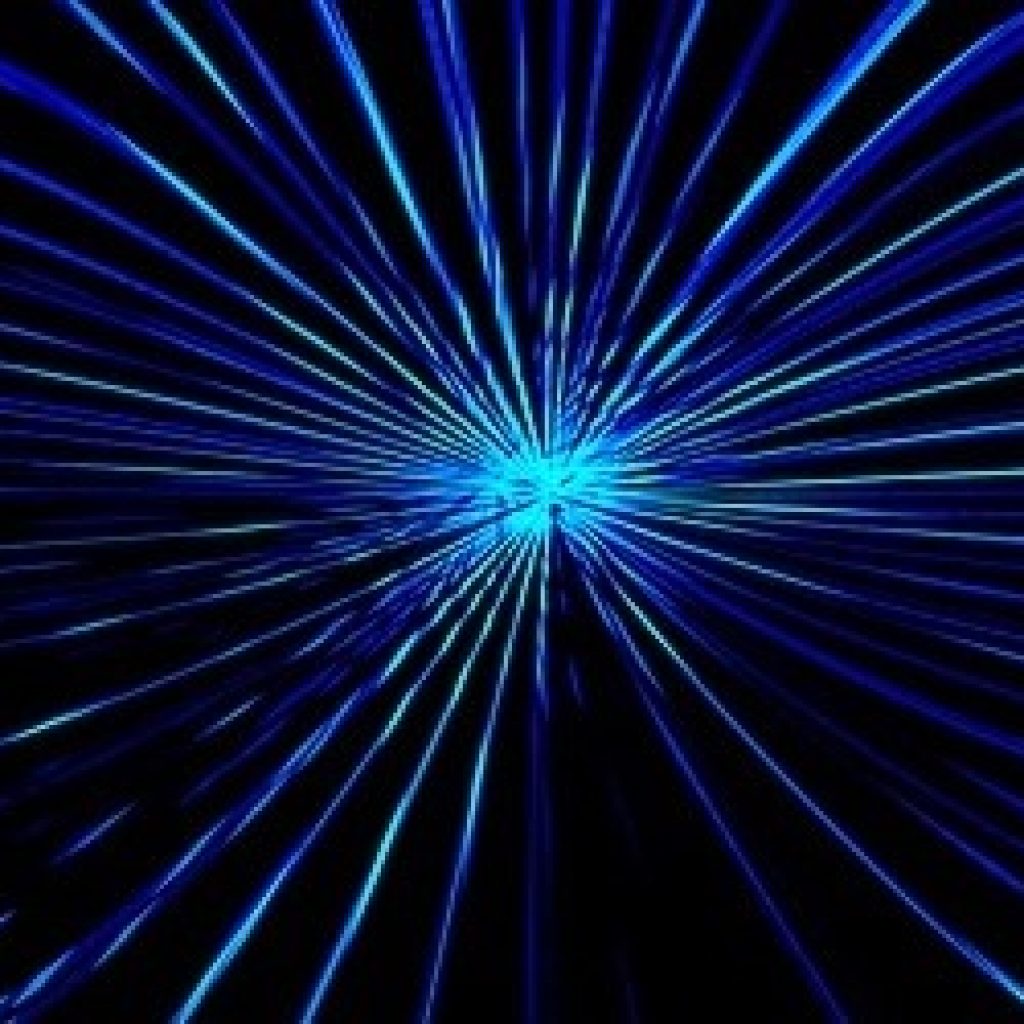(E&T) A quantum sensor has been developed by researchers for the US Army that can analyse the full spectrum of radio frequencies, which could enable new options for military communication. The quantum sensor can sample from zero frequency up to 20GHz, detecting AM and FM radio, Bluetooth, Wi-Fi and other communication signals along the way.
Dubbed the ‘Rydberg sensor’, it uses laser beams to create highly excited Rydberg atoms directly above a microwave circuit, to boost and hone in on the portion of the spectrum being measured. The Rydberg atoms are sensitive to the circuit’s voltage, enabling the device to be used as a sensitive probe for the wide range of signals in the RF spectrum.
“All previous demonstrations of Rydberg atomic sensors have only been able to sense small and specific regions of the RF spectrum, but our sensor now operates continuously over a wide frequency range for the first time,” said researcher Dr Kevin Cox.
This is a really important step toward proving that quantum sensors can provide a new and dominant set of capabilities for our soldiers, who are operating in an increasingly complex electro-magnetic battlespace.”
Devices that are based on quantum constituents are one of the army’s top priorities to enable technical surprise in the competitive future battlespace,” said army researcher Dr David Meyer.
“Quantum sensors in general, including the one demonstrated here, offer unparalleled sensitivity and accuracy to detect a wide range of mission-critical signals.”
US Army Researchers Develop ‘Rydberg’ Quantum Sensor That Can Analyze Full Spectrum of Radio Frequencies
